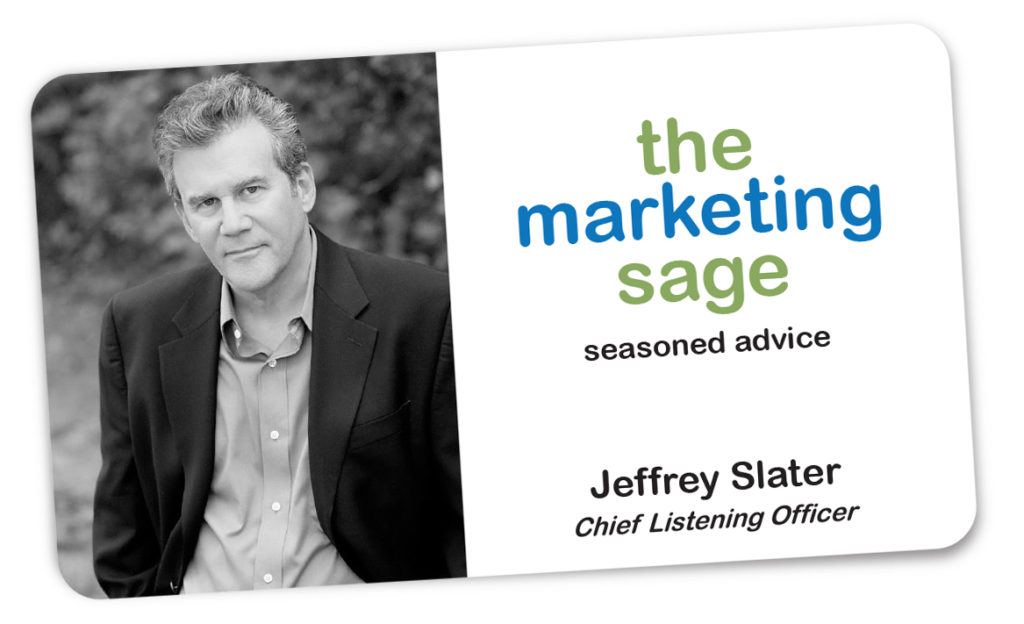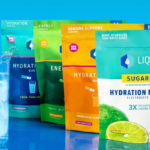CAC = Customer Acquisition Cost
Maybe it is just me but when someone says CAC – I think of the sound a rooster makes.
But whatever that acronym sounds like to you, CAC matters to a marketer. CAC is the customer acquisition cost – how much money it takes to find one customer, client, or consumer.
In the world of B2B, if the average price of your product or service is $10K, you’d happily spend $500 to acquire them and keep spending to get more.
But in B2C, if your product sells for $25, what are you willing to spend to acquire a new customer?
On average most customer acquisition costs for consumer goods like beauty products, gardening tools, and supplements will see an average CAC of $85. For consumer electronics products, that number can be well north of $100.
Would you spend $85 to acquire a customer who buys a $25 product once? If that consumer will buy a product every month and have a lifetime value of $250, then the math changes.
CLV = Customer Lifetime Value
Customer acquisition costs and customer lifetime value are key numbers you need to understand if you want to sell a product directly to consumers.
CLV or customer lifetime value means that the customer isn’t buying from you once. There is some reoccurring revenue relationship that develops.
What is a reasonable Customer Acquisition Cost? A Good Customer Acquisition Cost varies by the industry and tactics used. But an excellent way to benchmark your CAC is by comparing it to Customer Lifetime Value (also known as LTV). A rule of thumb is that an ideal LTV to CAC ratio is 3:1. So if it costs you $100 to acquire a customer, you better be getting $300 in revenue over the lifetime of the relationship.
A Real World Examples of CAC & CLTV
A few years ago, I saw an ad for Chewy, the pet food company. We had purchased our cat litter and cat food from Pet Smart. I had to schlep to the store and carry heavy bags back to my car. The store was big, and often, they didn’t have the specific flavor that my cat preferred. (I know because my wife told me. She speaks meow)
I don’t know how often I saw the Chewy ads before I clicked and purchased from them. When we got the first order delivered, I was hooked. A big 20-pound box was at my front steps. I opened it up and carried the bags in the house. Easy peasy.
In this category, my lifetime value must be north of $1,000.
In another example, I recently saw a series of ads for a plant-based pasta. Since my wife eats only gluten-free, I decided to buy it and give it a try. I’ll bet this company spent $100 to get me to buy based on the volume of ads I saw on Instagram and Facebook over two months. I made a purchase that cost $18, and the product was good – but nothing special. We ended up not purchasing again.
Was it worth it to acquire me as a customer if they spent $85 and I only bought their product once for $18? I doubt it.
Thinking of Selling a Product Directly to Consumers? Consider these 5 Issues.
- Product Price: If your product sells for under $100, it won’t be easy to make the math work. Unless you can bundle the offering to get the value up, DTC might not be the right channel for you. If you have just one product under $100, DTC is almost impossible unless you have something remarably different solving a big pain point. What can you do to get a higher price for what you sell? You may need to think of a complementary set of products to sell together or consider going more upscale in value.
- Lifetime Value: If your customers aren’t going to need to keep purchasing over and over – monthly or quarterly, it can be tricky to have a reasonable customer lifetime value. Are you selling something that is a one-time sale, or do you need to refill, replace, or reorder? What can you do to remind someone that they bought a box of chocolates from you last year and sent it to someone? An easy button to click to reorder can help you get more lifetime value from a customer.
- Recognize That Your Marketing Investment Will Be Substantial: You may have to spend 25-50% of revenue on marketing if you are selling to consumers in the first few years. Over time, that number might be closer to 15-20%. Do you have high enough margins to make that math work? Consider making 3-year projections to see what the math looks like for your marketing investment with a range of inputs. (Conversion rate, CAC, CLV, margins, etc.) Ask yourself using a spreadsheet, what needs to be true to make your venture profitable in a few years.
- Pre-test Demand: There are some creative ways to pre-test launch demand. This can include consumer research studies, running ads, and getting deposits toward orders. Can you find a way to convince yourself that what you are doing can work? Perhaps a Kickstarter campaign is right for you to gauge interest. Check out what Russell Marketing can offer to do for startups to test the waters.
- Startup Math isn’t Like Mature Company Math: If you are a startup, your ability to have sufficient data in the early stages is complex. Lifetime value and acquisition costs aren’t easy to estimate if you run ads for a few months. However, there are other metrics to watch, like frequency and repetition. Maybe you can calculate a payback period, or better yet – are your ads showing signs that they are paying for themselves? I did a market test for dog beds called RESQ. After a few months of running Facebook ads, we couldn’t move the needle on sales. We underestimated how competitive the category was, and although we had a strong value proposition, we gave up. The CAC outran our dollars and we pulled the plug. Persistence and lots of cash are important for success. I think if we had more money, conducted more A/B testing and kept at it, the dog bed RESQ could have succeeded. Are you willing to keep going and do you have the capital required to get through the early startup phase?
Customer Acquisition Cost Matters
If you are thinking about marketing a product or line of goods directly to consumers, get some help from experienced marketing folks who have been to this rodeo a few times. They can help you avoid some of the expensive landmines right below your feet and they aren’t going to be chicken to discuss CAC with you from the start.
You can set up a time to chat with me about your marketing challenges using my calendar. Email me jeffslater@themarketingsage.com Call me. 919 720 0995. The conversation is free, and we can explore if working together makes sense. Watch a short video about working with me.
Photo by Collin Leynau on Unsplash





